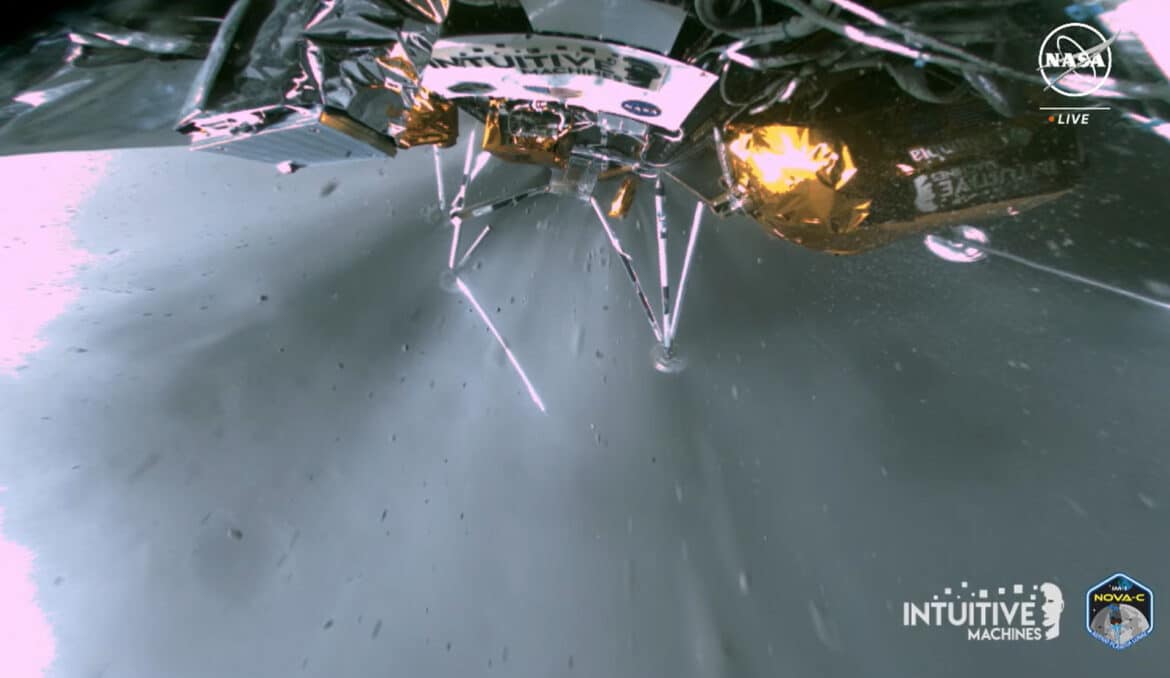
This five-storey building (formerly the Manned Spacecraft Operations Building) has been in use since the Gemini program in the 1960s. It was also used for Apollo, the Shuttles and more recently SpaceX ‘s Crew Dragon flights.
The four from Artemis II then took, from just outside this historic building, electric vehicles from the American firm Canoo responsible for transporting them to the launchpad.
Called CTVs (for Crew Transportation Vehicles), these zero-emission cars travelled almost 15 km, depositing the astronauts at the foot of the launch tower on launchpad 39-B. The 116 m high metal structure normally accompanies the SLS. This tower is also a complex piece of machinery that houses enough fuel to fill the launcher’s tanks while allowing astronauts to access the Orion capsule.













